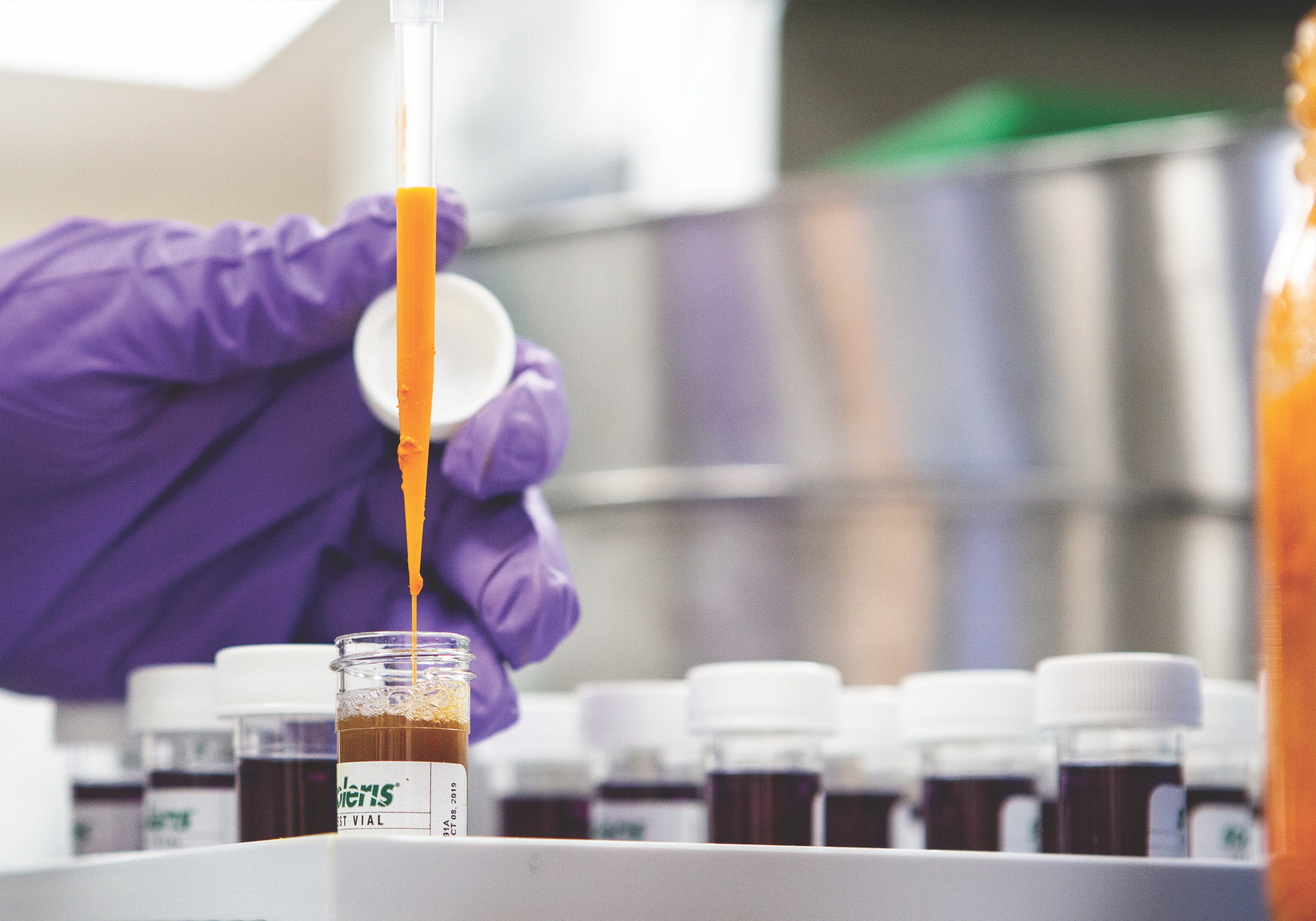Scientific name:Arctium Iappa
Constituents:
- Lignans (arctigenin, arctiin, Lappaol F & matairesinol)
- Polysaccharides (up to 50% inulin) & Mucilage
- Tannins
- Sulphur containing polyacetylenes
- Volatile oil (terpenoids)
- Sesquiterpene lactones (arctiopicrin)
- Nutrients (vitamins & minerals)
- Flavonoids
- Hydroxycinnamic acid derivatives
Medicinal actions:
- Alterative
- Anti-inflammatory
- Antimicrobial
- Antioxidant
- Anti-tumorogenic
- Bitter
- Diuretic
- Hepatic & Hepatoprotective
- Hypoglycemic
- Hypolipidemic
- Immuno-stimulant
- Laxative (mild)
Mechanism of Action & Pharmacology:
- Polysaccharides (mucilage & inulin) are soothing to the digestive tract and an immunostimulant.
- Sesquiterpene lactone arctiopicrin is a bitter glycoside and antibacterial.
- Lignans (arctigenin) exhibits anti-inflammatory activities by inhibiting inducible nitric oxide synthase (iNOS) via modulation of several cytokines, and is gastroprotective. Lappaol F exhibits anti-tumor activity in vitro and in vivo and is considered to have strong potential to be developed as an anticancer therapeutic.
Pharmacy:
- Decoction
- Tincture
- Fresh root as food
- Note: Best used long-term
Safety & Toxicity Concerns:
- None reported, although a gentle approach is advised since it can be a powerful detoxifier in some individuals.
- Potential adverse reactions include dermatitis from topical use, and allergic sensitivity to Asteraceae family.
- Use caution in history of bleeding disorder, dehydration, electrolyte imbalance, hypoglycemia, pregnancy & lactation, and in diabetes as may precipitate decrease in blood sugar.
Interactions:
- Increases gut motility, thus may theoretically decrease absorption of medications taken simultaneously.
- May potentiate aspirin or anticoagulants due to antiplatelet activity (theoretical).
- Potential additive effects with anti-diabetic agents and diuretics.
- May increase levels of CYP3A4 substrates.







